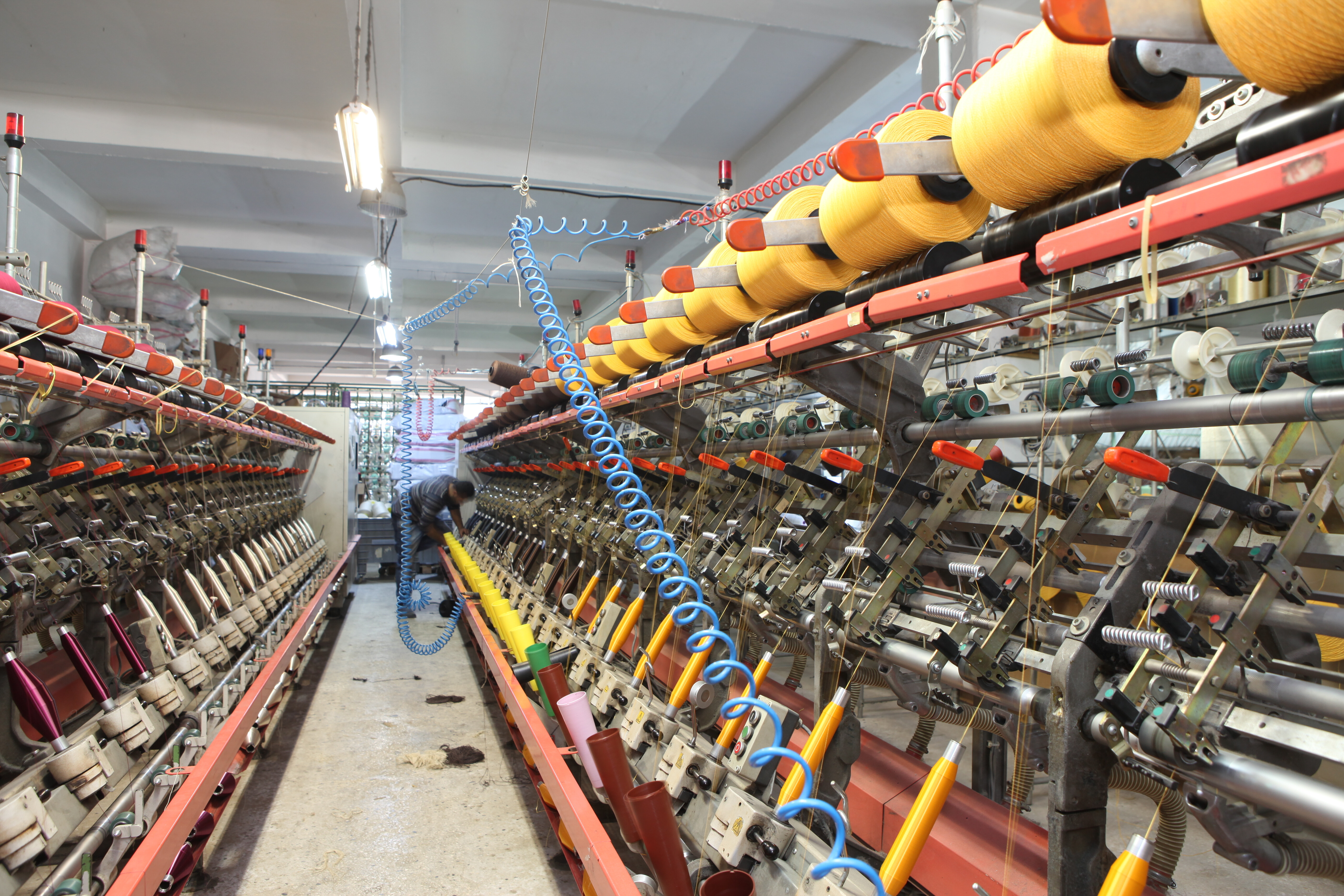China's Woes Hit Latin America
China’s ‘Black Monday’ travelled quickly to Latin America. LatAm INVESTOR investigates how the Middle Kingdom’s slowdown is affecting the region...

Latin America’s ‘golden decade’ at the start of the century was powered by Chinese demand for every commodity going. From Peruvian gold to Argentina soybean – China wanted it all. The booming exports – both prices and volumes increased – gave Latin American countries a welcome trade surplus, allowing their governments to improve their macroeconomic standing. It also led to a surge in foreign direct investment, as investors from around the world rushed to get new commodity projects going.

For a few years now that trade has been in reverse. Mining was one of the first to get hit, with metals such as copper and gold falling since 2011. That affected some – for example Chile – more than others but the overall impact on the region was mitigated by buoyant oil and agricultural prices. Now they too have fallen, placing more pressure on Latin American economies.
One of the best indicators is the local currencies. As of mid-August, the Brazil real lost 33% of its value relative to the dollar, the Mexican peso dropped by 19%, the Colombian peso by 35%, and the Argentine peso by 10%. Latin American equity and fixed income markets have also taken a beating this year as investor sentiment has turned negative on the region. And, perhaps most worrying of all, economic growth rates are also in a slump. The average GDP growth for the region is expected to come in at around 1% this year, down from around 5% per annum during the height of the ‘golden decade’.
Not all doom and gloom
Of course, while China’s stockmarket may be dominating this week’s newspapers the reverse of the commodity trade has been affecting Latin America for a few years now. So a lot of the bad news may already be in the price. Moreover, the current slowdown in projects means more competitive terms for investors with the cash and the guts to commit now. This is seen in the private sector, where valuations of everything from real estate to companies, are starting to look more reasonable. But it’s also evident in the public sector, where governments from Brazil to Ecuador have opted for a more investor-friendly approach to attract international capital.

And while the worst is far from over, there are signs of some silver linings emerging in some Latin American economies. Neil Shearing, chief emerging markets economist at Capital Economics, notes that “much of the recent gloom about Latin America has overshadowed early signs in the data that weaker currencies are starting to improve trade positions in the region.” The fact is, Latin America’s manufacturers were hobbled by the strong commodity-backed currencies. Now they have a bit of breathing space, helping to bring some much-needed rebalancing to some of these economies.
Of course the final piece in the puzzle lies thousands of miles away in Beijing. It’s hard to predict just how severe the Chinese slowdown will be – after all, history is littered with stockmarket collapses that had no effect on the ‘real’ economy. But so far Latin America has proved that it can ride out the China slowdown, which in itself is an achievement because it shows how far the region’s economies have come since previous crises.